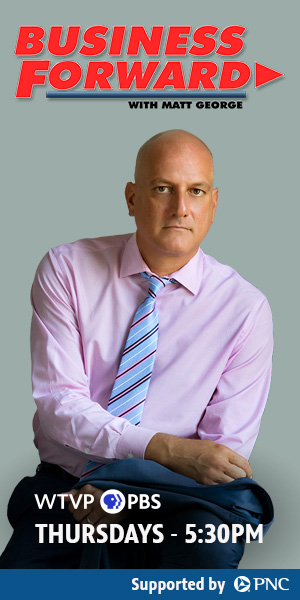Hiring and retention. It is the single greatest determinant of a business’s success, yet it is often neglected. Whether you are a small mom-and-pop shop or a multi-million-dollar big-box store, a dedicated focus and expertise on hiring and retention is an essential, “make-or-break” factor.
Hiring is like mining for gold, in that you need to sift through a large quantity of sand (inappropriate candidates) to get nuggets of gold (high-performing candidates). And just like that analogy, even after finding those gold nuggets, you still have to clean and process (train and develop) them to fully realize their true value.
The commitment to hiring should be proportional to both the size of the business and the circumstances surrounding it (i.e. low or high unemployment area, business/industry trending up or down, availability of associates, proliferation of competition, etc.). It should be done in a structured manner with a single point of contact (one manager) rather than everyone “kind of doing it on the fly,” which is how many businesses approach it, regardless of their size.
The Critical Aspects
The following aspects are critical to the process of developing and retaining an effective staffing structure:
- Sourcing, recruiting, interviewing and hiring personnel. This is the first step in establishing your human resources, but the process doesn’t end here.
- Training, coaching and developing new associates is essential to getting the most out of your staff. Take special note of job areas with huge needs but an ever-shrinking pool of candidates—including technical jobs such as welders or service center technicians. The prescient HR manager will look at developing in-house talent to combat this.
- Ensuring retention through consistent touch points. Many companies lose qualified new hires in the first 90 days because they fail to ensure proper initial training and ongoing support through a “buddy system” with an experienced associate. This can leave new hires feeling abandoned and uncomfortable.
- Overseeing the review process and ensuring competitive, equitable pay. As new associates show their potential to be superior workers, their pay structure should be reevaluated. Many companies wait until the superior associate has already been “poached” by another (often smarter) company and then try to give them a raise to stay. This approach lacks credibility and is often too late to sway the associate. (“Why did it take another company giving me what I’m worth for you to wake up to my value?”)
- Counseling and terminating underperforming associates. This is difficult, but necessary for a company’s consistent success. Many managers shy away from this unpleasant task and rationalize why underperforming associates should stay. Subsequently, their performance often does not improve and may even get worse (since they feel they are “getting away with it”), which may erode the morale and performance of other staff members. (“Why should I work hard if that person is making the same money I am?)
The Challenging Factors
In starting the process, it is important to fully realize the challenges you may face. In analyzing these challenges, let’s agree on the following:
- “People talent” is often what differentiates successful businesses from bankrupt ones. (I was going to say “failing,” but lately the speed of business seems to have eliminated the “grace period” of failure, heading straight to extinction!) Jack Welch, former CEO of General Electric, took this philosophy to a whole new level by routinely eliminating the bottom 10 percent of his executive staff, even if they were achieving acceptable results. This built a sense of urgency and competitive spirit among his team members, consistently pushing levels of excellence upward.
- The proliferation of competition, especially with the online “Amazon factor,” has taken the need for decisive expertise to a whole new level. Entire retail malls are going out of business right and left due to lack of awareness of changing shopping patterns and competition.
- Low unemployment, along with the retirement of baby boomers, has significantly reduced the job pool—especially in certain technical areas. The pandemic, however, is creating new and different challenges with regard to employment. Significant future job losses may reverse this dynamic, but right now everything is uncertain.
- The millennial mindset is often one of “getting gigs” vs. long-term career aspirations with a specific employer. Quality of life and work/life balance have replaced upward mobility and career ambition, further reducing the job pool.
- Automation has become a form of “self-defense” for employers fending off minimum-wage increases. In California, where the $15/hour minimum wage is in effect, some fast food companies are utilizing “automated servers” to replace a large percentage of once-affordable labor. In other cases, companies may simply understaff the store, with customer service (and market share) eroding rapidly.
The Big Payback
Effective hiring is almost an art form. It relies on foresight, organizational sense, and the ability to assess and connect with people—as well as an intuitive ability to match the right people to the right positions. Given today’s shrinking job pool, changing mindsets and vast competition, the ability to recruit, develop and retain top performers is more challenging than ever. It has also never been more important—not only for the current state of your company, but especially for the future… a future in which hiring is likely to be even more challenging!
They say that if you hire for your business properly, it will pay you back every day. They also say that if you don’t hire properly, it will also pay you back every day.PM




